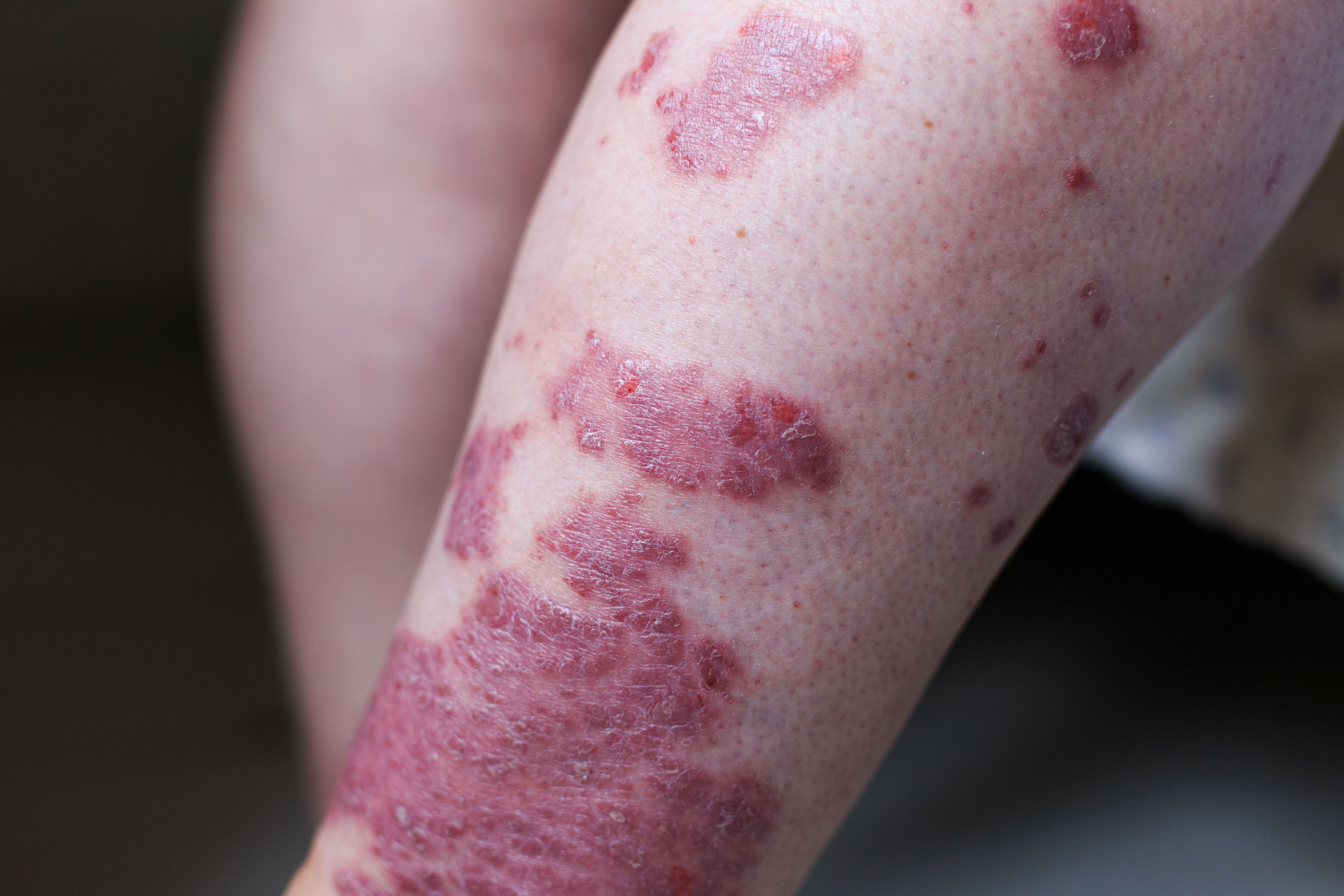Is Tofacitinib as Monotherapy Enough for Psoriatic Arthritis?
ACR Annual Meeting: The use of methotrexate combined with or without the oral JAK inhibitor tofacitinib produced no clinically meaningful difference in 179 psoriatic arthritis patients from the OPAL Balance study, presented at ACR 2019 this week.
(©ОльгаТернавская,AdobeStock)

The use of methotrexate combined with or without the oral JAK inhibitor tofacitinib produced no clinically meaningful difference in 179 psoriatic arthritis patients from the OPAL Balance study.
"No clinically meaningful differences were observed. In general, efficacy and patient-reported outcomes were similar between treatment arms at six months or 12. The rates of minimal disease activity were maintained regardless of methotrexate withdrawal," according to a study by Peter Nash, M.D., Griffith University in Brisbane, Australia.
The study was presented on November 12 at the annual meeting of the American College of Rheumatology in Atlanta.
Tofacitinib is an oral Janus kinase inhibitor for the treatment of psoriatic arthritis. Since “tofacitinib monotherapy has not been previously studied in psoriatic arthritis, this sub-study of OPAL Balance assessed tofacitinib 5 mg twice daily as monotherapy after methotrexate withdrawal versus with continued background methotrexate in patients with psoriatic arthritis,” Dr. Nash and colleagues wrote.
OPAL Balance is an open-label, long-term extension study of the drug in patients with psoriatic arthritis who had participated in the OPAL Broaden and OPAL Beyond phase 3 trials.
This 12-month methotrexate withdrawal subâstudy included 179 patients who had completed at least 24 months of tofacitinib treatment in OPAL Balance and were receiving oral methotrexate before sub-study entry. Patients remained on open-label tofacitinib 5 mg twice daily and were randomized to receive tofacitinib monotherapy (n=90) or tofacitinib plus methotrexate (n=89) for 12 months. Demographics and baseline characteristics were similar between the groups (mean age, 53.1/51.8 years; female, 52.2 percent/55.1 percent; mean disease duration, 11.3/11.2 years; low disease activity [PASDAS ≤3.2], 70 percent/62.9 percent).
Primary endpoints were changes from sub-study baseline in Psoriatic Arthritis Disease Activity Score (PASDAS) and HAQ-Disability Index (HAQ-DI) at six months. Secondary efficacy endpoints were assessed at all time points and safety was assessed throughout the sub-study.
At month six, least squares mean change in PASDAS from baseline was 0.229 (standard error [SE] 0.079) for tofacitinib monotherapy and 0.138 (SE 0.081) for tofacitinib plus methotrexate, treatment difference 0.091 (95%CI -0.131-0.313). Least squares mean changes in HAQâDI from baseline were 0.043 (SE 0.027) and 0.017 (SE 0.028), respectively, treatment difference 0.026 (95%CI -0.051-0.102).
“In general, efficacy and patient-reported outcomes were similar between treatment arms at month six and month 12,” the authors wrote. “Rates of minimal disease activity were maintained regardless of methotrexate withdrawal.”
Rates of adverse events, serious adverse events, discontinuations due to adverse events, and adverse events of special interest were comparable between treatment arms; laboratory changes were also similar, except that elevations in liver function enzymes were more common with tofacitinib plus methotrexate. Of the patients receiving tofacitinib plus methotrexate, one met monitoring criteria for absolute neutrophil and two met monitoring criteria for absolute lymphocyte counts.
“In general, no clinically meaningful differences in efficacy and safety were observed in patients with psoriatic arthritis who received open-label tofacitinib 5 mg twice daily as monotherapy after methotrexate withdrawal versus with continued methotrexate,” the authors wrote. “No new safety risks were identified.”
The authors noted that the subâstudy was designed as an estimation study and not powered for hypothesis testing, and only patients on long-term treatment who had responded well to, and tolerated, tofacitinib and methotrexate were included.
The 2018 American College of Rheumatology/National Psoriasis Foundation Guideline for the Treatment of Psoriatic Arthritis calls for the use of tofacitinib when the patient has contraindications to TNFi biologics. Or, when a patient prefers an oral therapy over an IL-17i or an IL-12/23i treatment.
REFERENCE
“L14 - Tofacitinib as Monotherapy Following Methotrexate Withdrawal in Patients with Psoriatic Arthritis Previously Treated with Open-label Tofacitinib + Methotrexate: A Randomized, Placebo-controlled Sub-study of OPAL Balance.” Perter Nash, M.D., 9 a.m., Tuesday, Nov. 12. 2019 ACR/ARP Annual Meeting, Atlanta